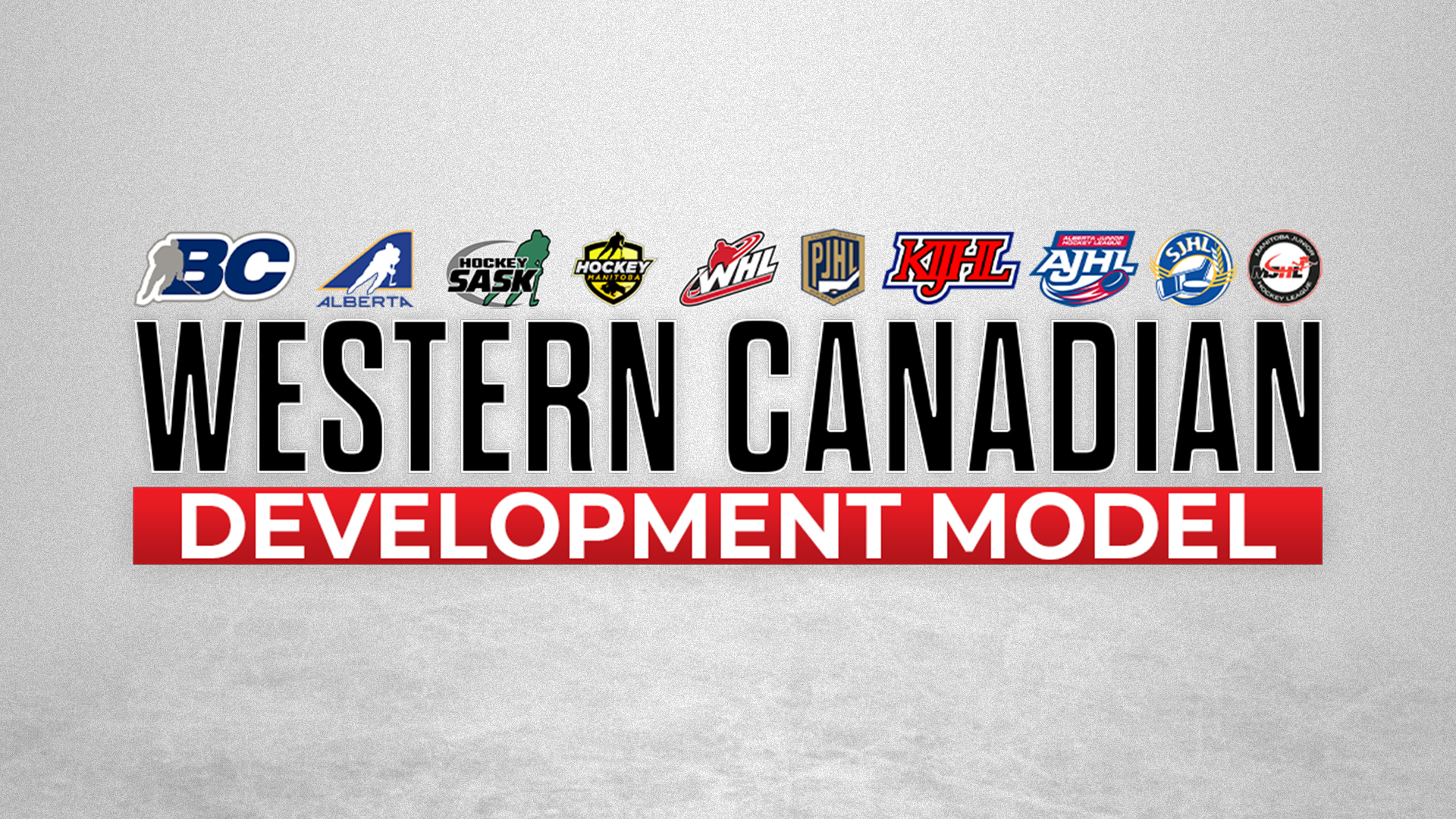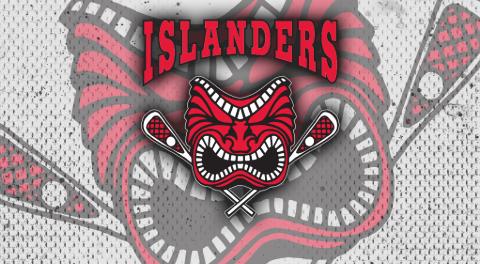
Photo Credit WHL
Given the changing diversity of hockey in Canada with leagues pulling out players and parents not knowing what way to turn, the WHL just released the following for the growth of the game.
Enjoy the read:
Hockey Canada has announced that its board of directors has approved a Western Canadian Development Model (WCDM) pilot project for the 2024-25 season, following an extensive proposal submitted in collaboration from its four Western Members, their respective Junior A hockey leagues and the Western Hockey League (WHL).
The WCDM pilot project focuses on strengthening the delivery of sanctioned junior hockey to participants across Western Canada and will create unprecedented choice and flexibility for players and their families in a system that prioritizes their unique needs on and off the ice, while evolving the opportunities offered to athletes to develop at a level that is reflective of their ability.
“The unity between Hockey Canada and the 10 organizations that led the development of the pilot project has never been stronger, and we are grateful for the tremendous work by the Members and leagues that led to today’s announcement,” said Pat McLaughlin, chief operating officer and executive vice-president of strategy for Hockey Canada. “We all must continue to evolve to meet the needs of Canadians looking to participate in our National Winter Sport in a system that operates with an athlete-centred approach and ensures their development and safety on and off the ice is at the forefront of everything we do.
“By increasing flexibility for junior hockey players and families in Western Canada, we anticipate that we will see higher quality competition on the ice, all the way up to the National Team level when Canada is competing internationally in the years to come.”

The WCDM working group consists of representatives from BC Hockey, the Kootenay International Junior Hockey League, the Pacific Junior Hockey League, Hockey Alberta, the Alberta Junior Hockey League, Hockey Saskatchewan, the Saskatchewan Junior Hockey League, Hockey Manitoba, the Manitoba Junior Hockey League and the WHL.
- Standard of play and rules
By streamlining the application of Playing Rules for the same age group, athletes, coaches and officials participating in sanctioned Western Junior A leagues will gain experience and develop in a similar environment to the WHL.
- All participating Western Junior A leagues will adopt the WHL Rule Book, except for Section 1 – Playing Area, Section 3 – Equipment, Rule 34.6 – Television, Rule 38 – Video Goal Judge and Rule 46.14 – Major Penalty.
- Fighting in the Western Junior A leagues will continue to follow the existing Hockey Canada Rule 7.10.
- As part of the pilot, players 18 years of age or older as of December 31 of the current season may choose to wear half-face protection, while those under the age of 18 must continue to wear full-face protection, in line with the International Ice Hockey Federation (IIHF) Rule 202.
- Roster composition
To increase flexibility in the development pathway for 15- and 16-year-old players in Western Canada, a number of changes will be implemented, including:
- All 15-year-old affiliate players will be eligible to play up to 10 games with their WHL Club, the same as 16-year-old affiliate players.
- Instead of rostering a maximum of five 15-year-old affiliate players in a season, WHL Clubs will be allowed to name up to nine by January 10.
- If a WHL Club cannot dress a full roster of 20 players for a game, the team will now be eligible to dress two 15-year-old affiliate players.
- WHL Clubs will be able to designate one 16-year-old player, who upon being returned to a Junior A, Canadian Sport School Hockey League or U18 team, will be allowed to play up to 15 games in the WHL.
- If one of the four Members participating in the pilot has granted a 12-, 13- or 14-year-old player special status to play in an advanced age category, any such player must be evaluated to ensure they currently meet and are deemed to continue with special player status in their 15-year-old year to qualify and continue to be eligible to play up to 34 games in the WHL.
“This unprecedented collaboration between the WHL, Junior A leagues and the Western Branches is an unmistakably player-first approach and is one that responds in a substantive way to the evolving demands of players and their families,” commented WHL commissioner Dan Near. “Each of these organizations share a common priority – developing players on and off the ice. The Western Hockey League sits atop the development pyramid for elite players in the West and we will always look for ways to enhance our delivery to players and their families.”
“Establishing this pilot project is a very important part of the exciting steps being taken to evolve our junior hockey pathways in Western Canada, and the initiative will provide our players with even more opportunity and flexibility in their development,” said Cameron Hope, chief executive officer of BC Hockey. “We look forward to the coming season and working together with our Junior A leagues, the WHL and Hockey Canada to ensure the sanctioned junior hockey system continues to strengthen and flourish in our Branch and beyond.”
“This collaboration resets the foundation for developmental opportunities for athletes across Western Canada,” stated AJHL commissioner Ryan Bartoshyk. “As a unified group, we can proactively approach the dynamic nature of our game while adapting and evolving over the duration of this initiative and beyond. We are appreciative of the trust placed in our collective hands and thank the Hockey Canada Board and staff for their support.”
The pilot project will be reviewed on an ongoing basis during the 2024-25 season, and it is anticipated that its scope will expand in future seasons.
To learn more about Hockey Canada, please visit HockeyCanada.ca,.

Advertise With Sportswave

About Sportswave

SICAMOUS HOUSEBOATS

Delta Islanders Jr. A Lacrosse

North Delta Business Association








